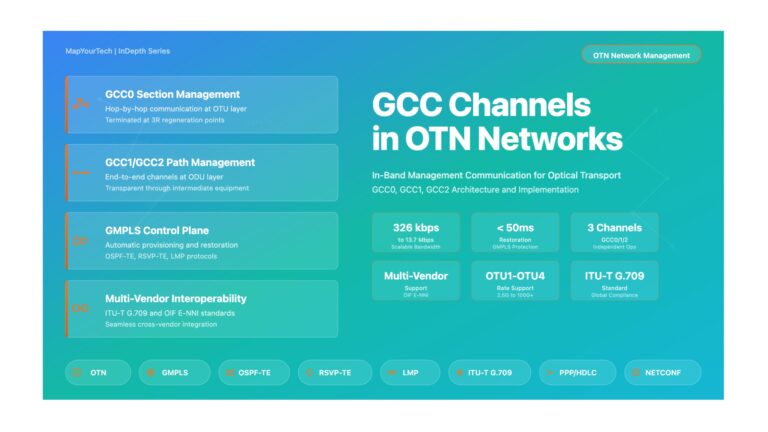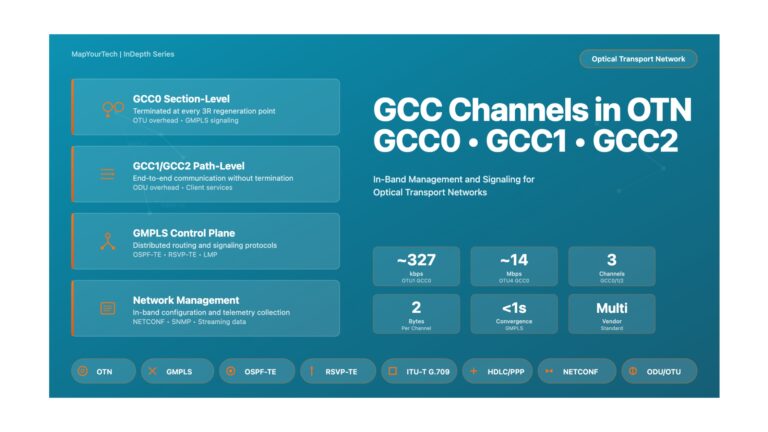Why does FEC introduce latency?
The addition of FEC overhead at the transmit end and FEC decoding at the receive end cause latency in signal transmission.
Relationship between latency and FEC scheme types
- To improve the correction capability, more powerful and complex FEC codes must be used. However, the more complex the FEC codes are, the more time FEC decoding will take. As a result, the latency is increased.
- For a non-coherent 40G signal, AFEC typically introduces a larger latency (60~120 us) than FEC, which introduces a latency of 30 us.
- Latency of a non-coherent 40G signal is related to the ODUk mapping mode.
- Latency is also related to the amount of overhead. More overhead means that FEC decoding will take more time.
- Latency introduced by 100G SD-FEC with 20% overhead > Latency introduced by 100G HD-FEC with 7% overhead
- In addition, the latency is subject to the signal coding rate. With the overhead unchanged, there will be less latency as the signal rate increases.
- Latency introduced by 100G HD-FEC < Latency introduced by 40G AFEC
Latency specifications of OTN equipment
Data and storage services are sensitive to latency while OTN services are not. Currently, no international standards have defined how much latency that OTN signals must satisfy. Vendor equipment supports latency testing for different service rates, FEC schemes, and mapping modes. You can recommend a latency value for customers, but latency should not be an acceptance test item. You cannot make a commitment to a latency specification.
Unlock Premium Content
Join over 400K+ optical network professionals worldwide. Access premium courses, advanced engineering tools, and exclusive industry insights.
Already have an account? Log in here



